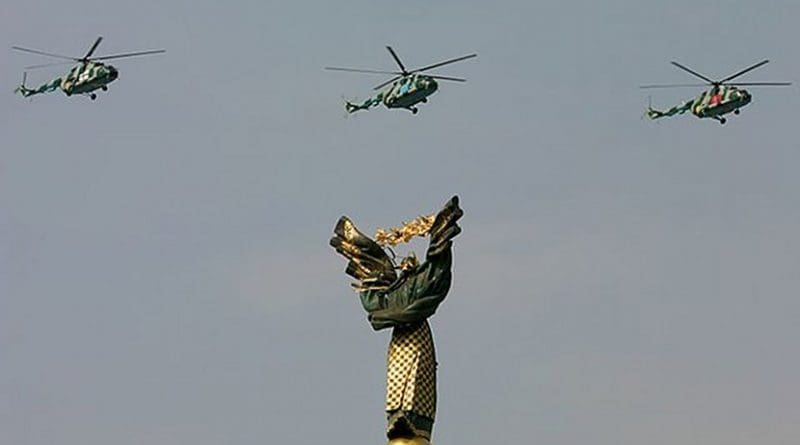Non-Combat Losses In Ukrainian Military Equal Or Exceed Those In Combat – OpEd
By Paul Goble
According to incomplete and sometimes contradictory statistics, Ukrainian soldiers are dying in roughly the same number during periods of relatively non-violent positional warfare from suicides and other problems as they do in combat during periods when the front heats up, with approximately 2800 deaths in each case.
That pattern, Russian psychologists say reflects the fact that “soldiers of the Ukrainian armed forces simply do not understand why and for what they are fighting. And when soldiers do not have motivation, this leads to all the problems the Ukrainian army is encountering” (svpressa.ru/war21/article/214368/).
“Non-combat losses arise wherever there are weapons, Aleksey Zakharov, a Moscow military psychologist says. When soldiers understand why they are fighting, they hold up relatively well; when they don’t, “this leads to a loss of discipline, a breakdown in unit cohesion and such serious consequences” as suicide and even murder.
Sergey Ishchenko, a naval veteran and military commentator, says that “the large number of non-combat losses is explained not only by psychological factors but by organizational ones.” But he suggests that these losses will not prompt Kyiv to suspend its military effort or reach an agreement.
All armies suffer some non-combat losses, he continues, “but these losses in Ukraine are disproportionately higher. This speaks not only about low fighting spirit but also by the poor organization of the forces,” particularly the lack of enough junior officers and those who are of high quality. Ukraine hasn’t succeeded in finding a solution to this problem Ishchenko says.
An even more serious cause of these non-combat losses is that “positional war like that into which the war in the Donbass has been transformed, has acquired a senseless character. The front doesn’t move back or forth. People sit in trenches, in dirt for already the fifth year, and do not understand why they are there or when this will end or when replacements will come.
At the present time, there are “practically no” combat losses. Rather Ukrainian soldiers die as a result of sniper fire or mine explosions or from self-inflicted violence. That means, Ishchenko says, that “the number of non-combat losses is growing much more rapidly” than many had expected.
These are Russian experts and their interpretation undoubtedly reflects Moscow’s position. But it is important because it suggests that at least some in the Russian capital are pleased to have this conflict go on with only occasional fighting because the current quiet is leading to the decay of discipline in Ukrainian forces.
Still worse, many of the losses counted by Ukrainian officials as non-combat ones in fact occur not at the frontlines but when soldiers are on leave or go home but are suffering from post-traumatic stress syndrome. That has the effect of undermining public support among Ukrainians for the war – and that is clearly something Moscow would like to see happen.

